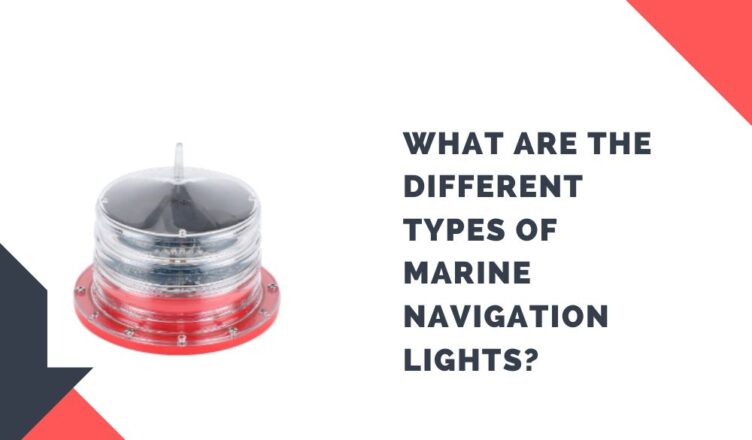Navigating the vast oceans and waterways requires precise guidance systems to ensure safety and efficient travel. Marine navigation lights play a critical role in this process, providing visual signals that help vessels determine the position, direction, and status of other ships at sea. These lights are categorized based on their color, placement, and purpose, each serving a specific function to aid maritime navigation.
Understanding Marine Navigation Lights
1. Importance of Navigation Lights: Marine navigation lights are essential for maintaining safety at sea by indicating a vessel’s presence, status, and direction of travel. They help prevent collisions and ensure smooth passage through congested waters.
2. Classification Based on Color:
Red and Green Sidelights: These lights are mounted on the port (left) and starboard (right) sides of the vessel, respectively. They indicate the vessel’s orientation and help others determine its direction of travel.
White Masthead Light: Positioned at the highest point of the vessel’s fore and aft centerline, this light is visible from all directions and indicates the vessel’s presence to other ships.
Sternlight (White): Located at the stern (rear) of the vessel, this light is visible from behind and signifies the vessel’s orientation when underway.
3. Additional Types of Navigation Lights:
All-Round White Light: This light is used on vessels under 12 meters in length or as an anchor light on larger vessels. It emits light in all directions to indicate a vessel at anchor or restricted in its ability to maneuver.
Special Lights: Some vessels, such as fishing boats, towing vessels, and pilot boats, may have unique navigation light requirements to indicate their specific activities or roles.
Purpose and Placement of Navigation Lights
1. Ensuring Visibility: Navigation lights must be placed and maintained in accordance with international maritime regulations (COLREGs) to ensure visibility under various weather and light conditions.
2. LED Technology Advancements: Modern navigation lights increasingly utilize LED technology for improved energy efficiency, durability, and visibility compared to traditional incandescent bulbs.
Compliance and Safety Standards

1. International Regulations (COLREGs): The International Regulations for Preventing Collisions at Sea (COLREGs) establish standardized rules for the use of navigation lights to enhance safety and prevent maritime collisions.
2. Maintenance and Inspection: Vessel operators are responsible for regular maintenance and inspection of navigation lights to ensure they are operational and compliant with regulatory requirements.
Importance of Navigation Lights in Maritime Safety
1. Collision Avoidance: Properly functioning navigation lights are crucial for identifying vessels, determining their course and speed, and taking evasive action to avoid collisions.
2. Night and Low-Visibility Conditions: During nighttime or low-visibility conditions, navigation lights provide essential visual cues that help mariners navigate safely and maintain situational awareness.
Conclusion
In conclusion, marine navigation lights are indispensable tools that enhance maritime safety by providing clear visual signals to vessels navigating the world’s waterways. From indicating vessel orientation and direction to facilitating collision avoidance and compliance with international regulations, these lights play a pivotal role in the global maritime industry. As technology continues to advance, the evolution of navigation lights, particularly through LED innovation, promises even greater efficiency, reliability, and sustainability for the future of maritime navigation.
Note:- For more articles visit on worldforguest.

